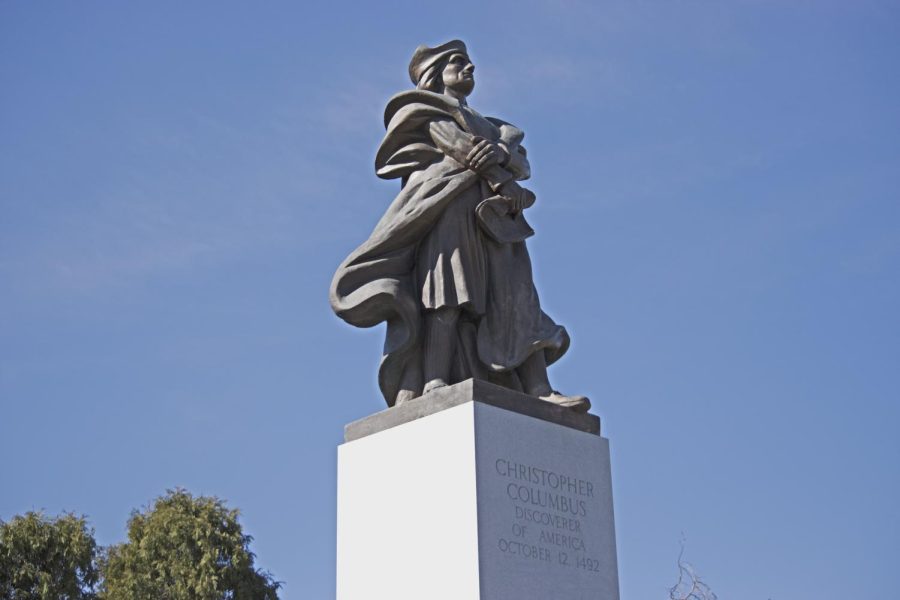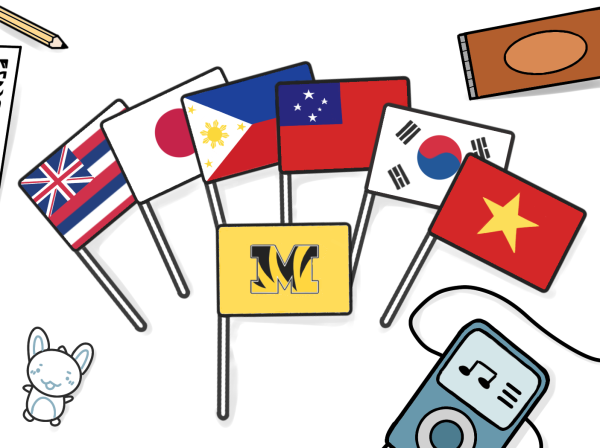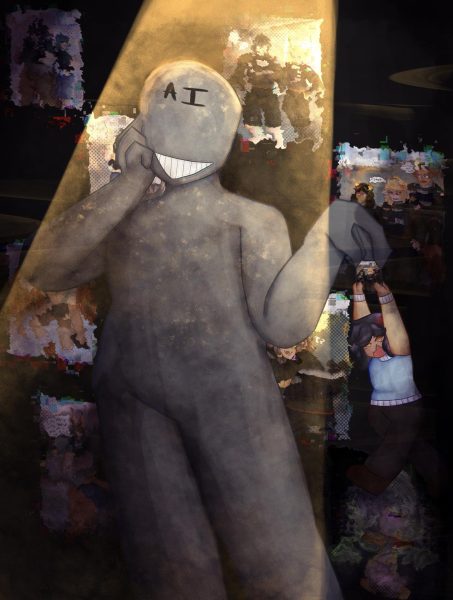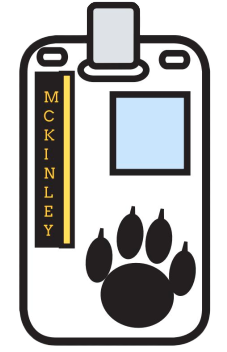The Trouble with Memorializing Heroes
By https://pxhere.com/en/photo/707612?utm_content=shareClip&utm_medium=referral&utm_source=pxhere
Like with the McKinley statue, by constructing a statue of Columbus on the land of the people that he abused, the creators of the monument are disrespecting the victims of the situation and highlighting the ignorance that shadows him.
May 18, 2022
When it comes to the topic of monuments, most will readily agree that they are a great way to showcase the accomplishments of people. Where this agreement usually ends, however, is on the question of “is this idolization actually beneficial to the parties involved?” While some are convinced that monuments honor heroic deeds, others believe that they overlook the negative actions of people. Although these heroic actions should be honored, people also have to take into account the negative aspects of their history and how that may affect their audience.
The location of a monument can determine who its audience is. One such monument is the statue of William McKinley at President William McKinley High School in Honolulu, Hawai’i. Both the statue and the school are meant to honor former President McKinley, who played a key part in the annexation of the state. The President McKinley monument holds a “Treaty of Annexation,” which does not exist as the monarchy was illegally overtaken by the United States. By including an object like this, it creates a false sense of how noble McKinley was to consider Hawai’i’s opinion on becoming a state. Incorporating such an element is spreading misleading information on the state’s history as students will have to see it every time they go to receive their education. To add, while part of the context of the monument does have good intentions as it signifies a period of change brought by McKinley, it fails to take into consideration how that may affect the Native Hawaiians living on its land.
Due to this, there recently has been a push to get the statue removed and the name of the school changed as it is disrespectful towards the native people who live on the island and those who receive their education at the school. As stated by Laverne Moore, a teacher at the school, “…I will always struggle with the name McKinley because I know what he did, how he illegally took away my government and my freedom as a Native Hawaiian. It still hurts. It will always hurt.” (Essoyan). When one explores the background of McKinley, they will soon discover how he illegally made Hawai’i a state by having a part in the overthrow of the kingdom. By erecting a monument of such a person on grounds where the descendants of his victims get their education, they have failed to consider the effects that it may have on Native Hawaiians, who fought to keep their monarchy in their own hands for so many years. This statue symbolizes a point in time when their people had lost their power and were forced into the hands of another. Not only does this monument disrespect the lives of Native Hawaiians by idolizing McKinley, it is spreading misinformation about him to those who go to that school.
Another statue built to honor heroic deeds is a monument of Christopher Columbus in Riverside Park, Easton, Pennsylvania. As seen in a photograph taken by Jim Deegan, the statue stands tall in front of a forest, looking with its head held high through the fog. When one views this figure, they feel a sense of pride seeing the one who “discovered” America gazing forward to a new land. What they may have ignored, however, is the history that goes along with this pioneer. One of the main details of his new discovery is that he was not the first to set foot on the land. There were already natives living in thriving communities and explorers who found the region centuries before. After he set foot there, he regularly exploited America’s native people, a detail that is rarely included when students are being taught when learning about this pioneer. As stated by Alicia Lee, a writer for CNN, “[Columbus] sent thousands of Taino ‘Indians’ to Spain to be sold, and many of them died during the journey. The natives who weren’t sold into slavery were forced to look for gold in mines and work on plantations.” Although this is only part of the atrocities that he committed against the natives, it does highlight how much of a threat he was to them.
Like with the McKinley statue, by constructing a statue of Columbus on the land of the people that he abused, the creators of the monument are disrespecting the victims of the situation and highlighting the ignorance that shadows him. The Native Americans of today will have to live knowing that a monument of the one who took advantage of their ancestors is sitting in its glory for anyone to see. Americans of today will have to live in ignorance of the lack of knowledge available about their country’s history. Building a statue to idolize a specific action of people not only mocks how their victim cannot do anything about the situation at hand but also calls attention to how little people know about them.
There are thousands of examples of ignorance when it comes to the building of monuments. When people build these memorials to honor someone and their heroic achievements, they fail to recognize the effects that they have towards the victims of those they are trying to honor and those who are taking in the information that those statues show. Although it is not wrong to want to memorialize people’s accomplishments through monuments, it is significantly more important to question if they will benefit the parties involved.












